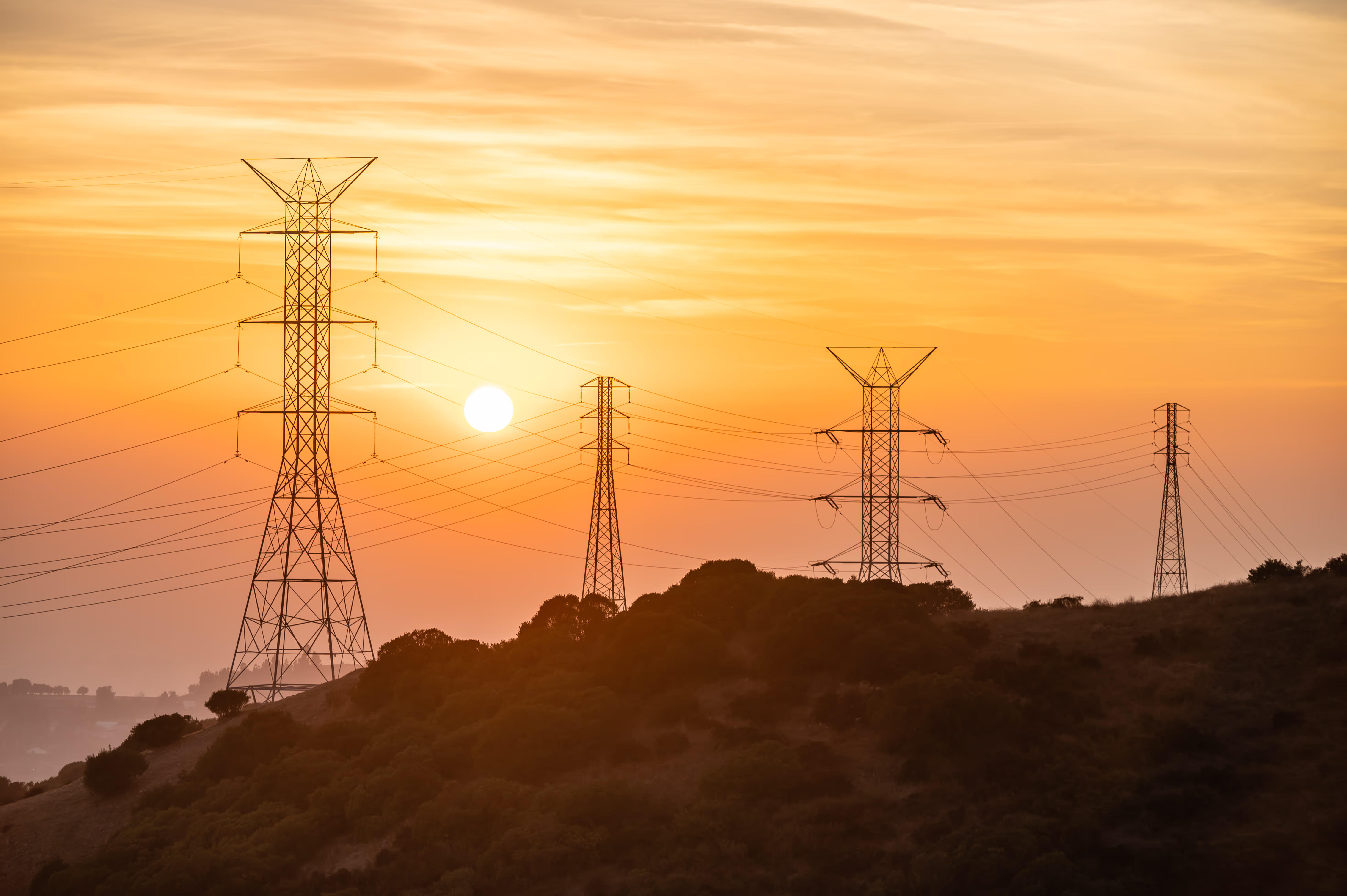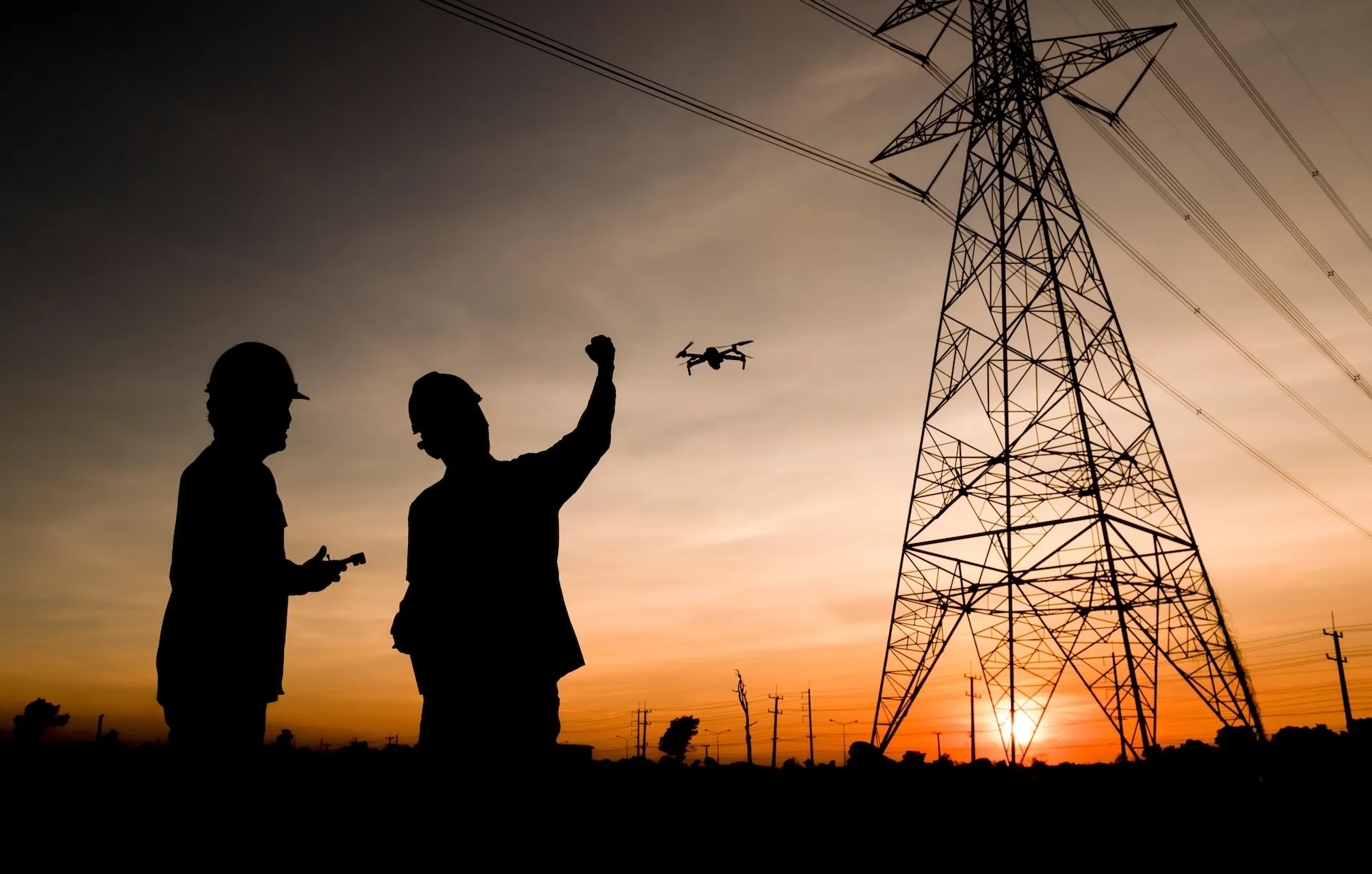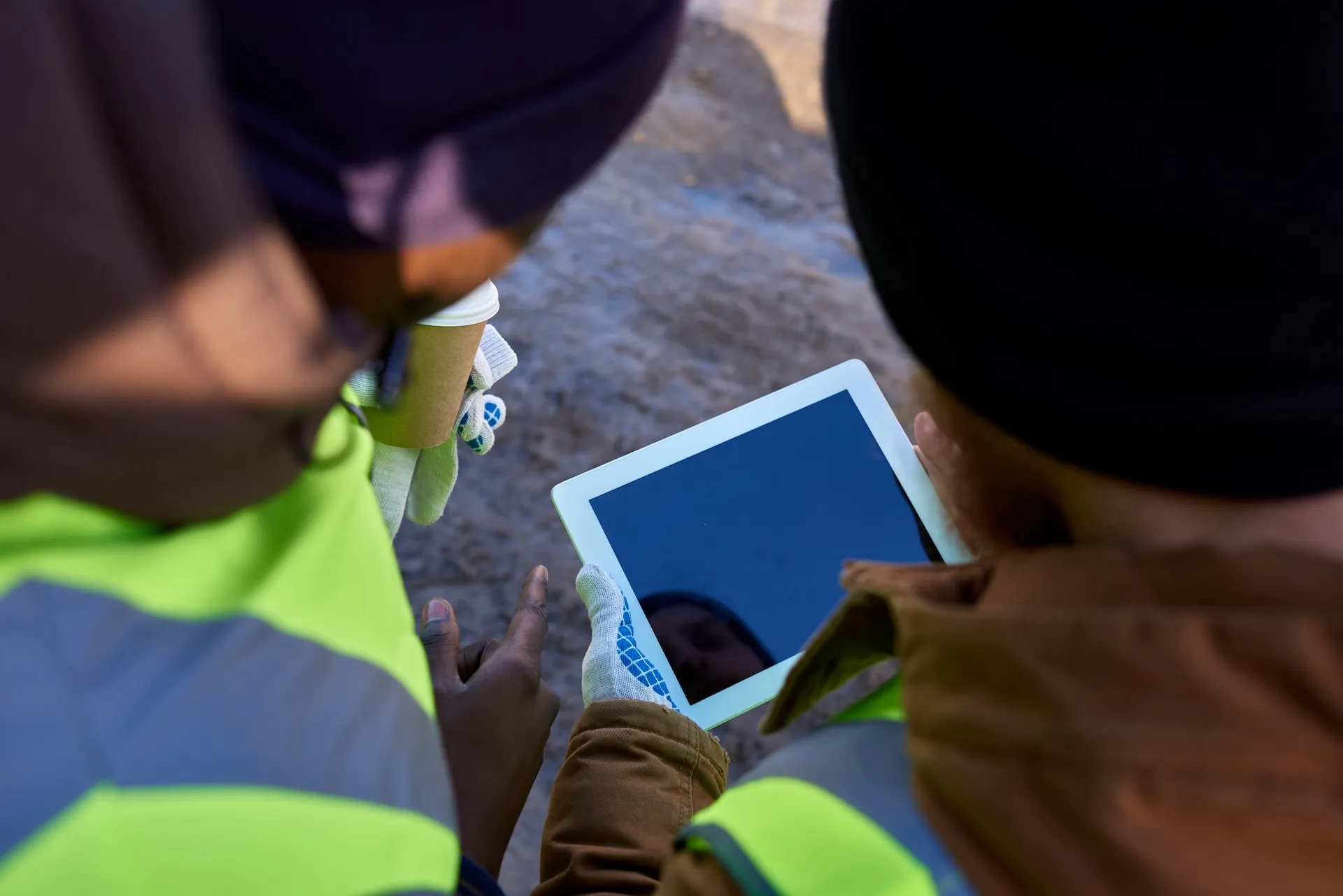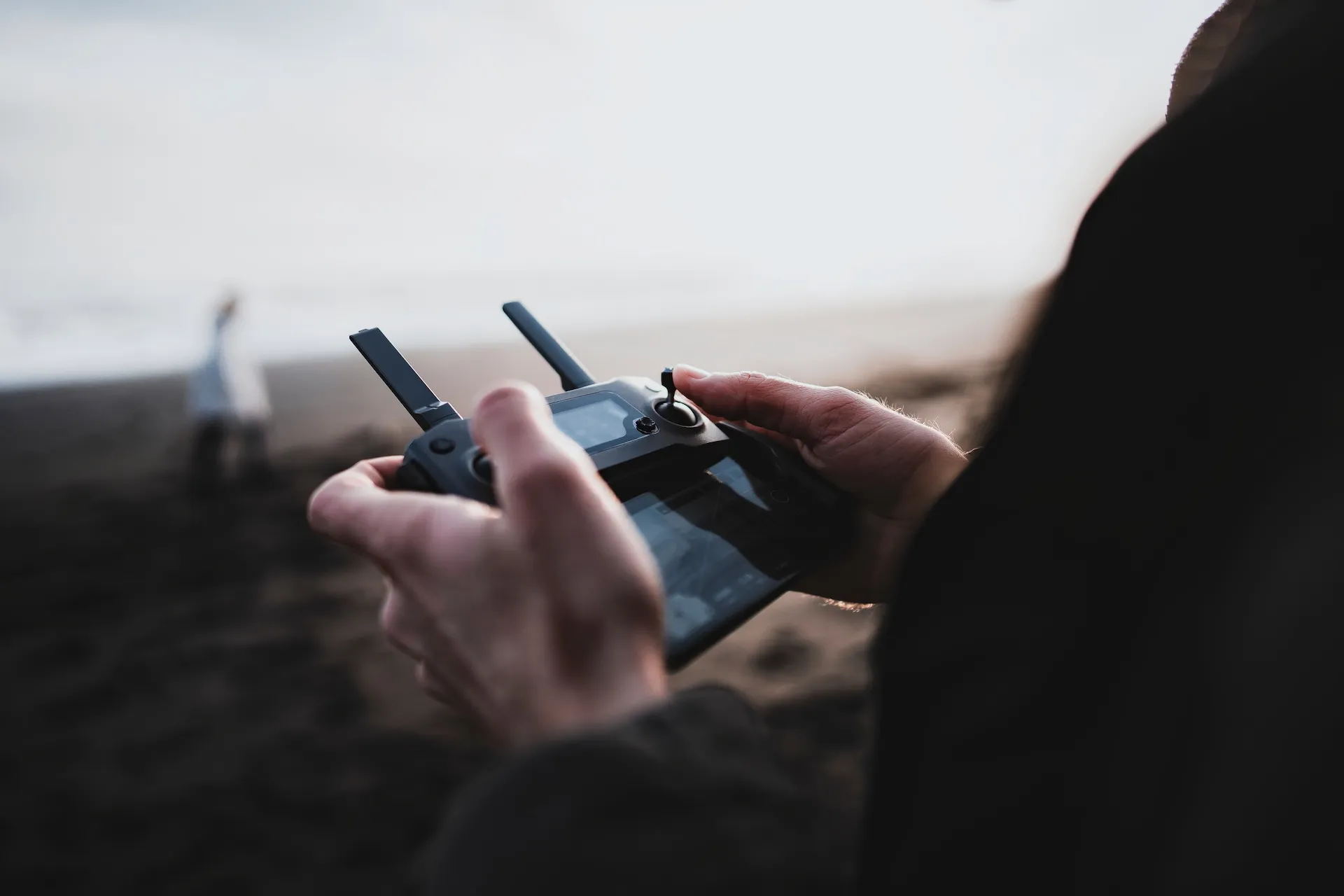Power outages are expensive. Between lost revenue, overtime costs, and angry customers, every minute of downtime hurts. The frustrating part? Many outages could have been prevented with better inspections. That's where power line inspection drone software comes in. It's helping utilities find problems before they cause failures.
Why Traditional Inspections Fall Short
Sending crews out in bucket trucks to check thousands of poles isn't working anymore. It's slow, expensive, and dangerous. Plus, different inspectors might rate the same problem differently.
By the time you find a failing component, it might already be too late. And good luck inspecting everything after a major storm when you need information fast.
How Drone Software Prevents Outages
Power line inspection drone software does more than just store photos. It helps you spot problems early and fix them before customers lose power.
Here's what it catches:
● Damaged hardware (cross arms, insulators, conductors)
● Hot spots that show electrical problems
● Trees growing too close to lines
● Storm damage you need to fix fast
The software organizes everything by location and severity. So instead of guessing which repairs are most urgent, you know exactly where to send your crews first.
What Real Utilities Are Seeing
We're not making these numbers up.Utilities using drone inspection programs report:
● 40% fewer outage-related work orders: because they're fixing problems before equipment fails.
● 70% faster storm assessments: getting power back on quicker after severe weather.
● 50% reduction in emergency repairs: which means less overtime and happier crews.
One utility in the Midwest cut its total downtime by 28% in just one year.
Their secret?
They could finally see what was actually happening with their infrastructure.
Starting Your Own Program (It's Easier Than You Think)
Pick your worst circuit, you know, the one that always has problems. Get one or two people trained to fly drones and use the inspection software. Start there.
Once you see it working, you can expand.Set up regular inspection schedules. Make sure your severity rankings make sense for your system. Connect the software to your work order system sorepairs happen automatically.
The best part? You don't need a huge team. Many utilities run successful programs with just 2-3 trained pilots who can cover thousands of poles per month.
In-House vs. Hiring Vendors
Hiring drone vendors sounds easy until you actually need them. Storm coming? They're booked. Need inspections done your way?
Too bad, they have their own process. Want results fast? You'll waitweeks.
Running your own program means:
● Flying whenever you need to(especially after storms)
● Inspecting exactly what matters to you
● Getting results the same day
● Keeping all your data in-house
Yes, there's some upfront training and setup. But the control and flexibility you gain pays off immediately.
What to Look for in Power Line Inspection Drone Software
Not all drone inspection software is built for utilities.
Here's what actually matters:
● GPS organization—Photos automatically sort by pole location. No more manual filing.
● Thermal and visual images together—See hot spots and physical damage in one place.
● Custom severity levels—Your system, your rules for what's critical.
● Fast processing—Upload in the morning, inspect in the afternoon.
● Easy exports—Send data straight to your GIS or work order system.
Skip anything that feels like it was built for real estate or construction.
You need utility-specific features.
Making the Switch
Grid reliability keeps the lights on and customers happy. Power line inspection drone software helps you catch problems early, spend less on emergencies, and keep your crews safer.
The utilities already doing this aren't going back. They're finding more issues, fixing them faster, and spending less money doing it.
The technology is proven. The ROI is clear. The only question is when you'll make the switch.




